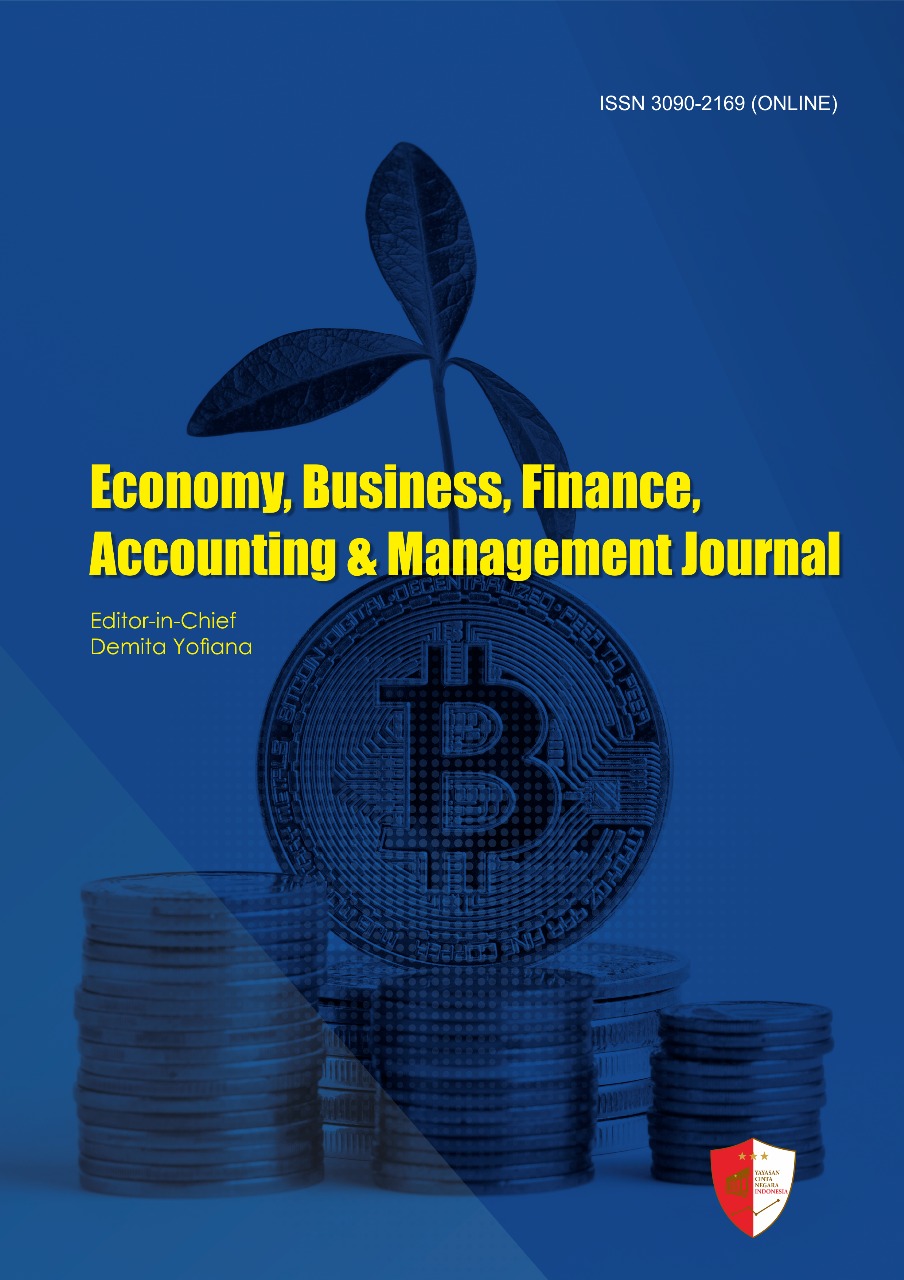Structural Change and Decent Work Assessing Employment Outcomes in Developing Countries through a Dynamic Panel Approach
Keywords:
Complaint Management, Empathic Communication, Guest Complaints, Guest Relation Officer, Luxury HospitalityAbstract
This research examines the role of Guest Relations Officers (GROs) in handling guest complaints at Zeus Restaurant, Apsara Beach Front Resort and Villa, Thailand, focusing on the effectiveness of various complaint management strategies and their impact on guest satisfaction. Using a qualitative research approach, the study involved semi-structured interviews with 10 GROs to explore the most common types of complaints, the resolution strategies implemented, and the outcomes of these strategies. Findings show that the main grievances relate to service delays, food quality, and staff behavior. GROs effectively addressed complaints through immediate acknowledgement, empathic communication, and prompt problem-solving. The research highlights the importance of follow-up, such as rechecking guest conditions and providing compensation, in improving guest satisfaction and loyalty. . The study emphasizes the importance of GRO training in emotional intelligence and problem-solving skills, and suggests the use of advanced technology and a structured complaint management system to maintain high service standards. This study contributes to the understanding of effective complaint handling practices in luxury hospitality environments and provides insights for the improvement of guest relations and operational excellence
References
Ajakaiye, O., Jerome, A. T., Nabena, D., & Alaba, O. A. (2016). Structural transformation, employment, and inequality in Nigeria. African Development Review, 28(S2), 302–315. https://doi.org/10.1111/1467-8268.12197
Arbache, J. S., & Page, J. (2009). More growth or fewer collapses? A new look at long run growth in Sub-Saharan Africa. World Bank Policy Research Working Paper No. 4764.
Basu, S., & Maertens, A. (2007). The pattern and causes of structural transformation in Africa. World Bank Economic Review, 21(2), 193–218.
Becker, S. O., & Ichino, A. (2002). Estimation of average treatment effects based on propensity scores. The Stata Journal, 2(4), 358–377.
Berisha-Krasniqi, V., Bouët, A., & Estrades, C. (2017). Trade and employment in developing countries: Structural transformation. IFPRI Discussion Paper 01640.
Betcherman, G. (2012). Labor market institutions: A review of the literature. World Bank Social Protection Discussion Paper No. 1202.
Dabla-Norris, E., Ho, G., Kochhar, K., Suphaphiphat, N., & Tsounta, E. (2015). Causes and consequences of income inequality: A global perspective. IMF Staff Discussion Note SDN/15/13.
Fields, G. S. (2011). Labor market analysis for developing countries. Labour Economics, 18(S1), S16–S22.
Gindling, T. H., & Newhouse, D. (2014). Self-employment in the developing world. World Development, 56, 313–331.
Hall, R. E., & Jones, C. I. (1999). Why do some countries produce so much more output per worker than others? The Quarterly Journal of Economics, 114(1), 83–116.
International Labour Organization. (2013). Decent Work Indicators: Guidelines for Producers and Users of Statistical and Legal Framework Indicators (2nd ed.). Geneva: ILO.
International Labour Organization. (2020). World Employment and Social Outlook: Trends 2020. Geneva: ILO.
Islam, R., & Nazara, S. (2000). Estimating employment elasticity for the Indonesian economy. ILO Employment Strategy Papers No. 2000/1.
Jolliffe, D., & Prydz, E. B. (2016). Estimating international poverty lines from comparable national thresholds. The World Bank Policy Research Working Paper No. 7606.
Kapsos, S. (2005). The employment intensity of growth: Trends and macroeconomic determinants. ILO Employment Strategy Papers No. 2005/12.
Kuznets, S. (1973). Modern economic growth: Findings and reflections. American Economic Review, 63(3), 247–258.
Lewis, W. A. (1954). Economic development with unlimited supplies of labour. The Manchester School, 22(2), 139–191.
Loayza, N. V., & Raddatz, C. (2010). The composition of growth matters for poverty alleviation. Journal of Development Economics, 93(1), 137–151.
McMillan, M., & Rodrik, D. (2011). Globalization, structural change and productivity growth. NBER Working Paper No. 17143.
McMillan, M., Rodrik, D., & Sepúlveda, C. (2017). Structural change, fundamentals, and growth: A framework and case studies. In M. McMillan et al. (Eds.), Structural Change, Fundamentals, and Growth (pp. 1–38). Washington DC: International Food Policy Research Institute.
Mehlum, H., Moene, K., & Torvik, R. (2006). Institutions and the resource curse. The Economic Journal, 116(508), 1–20.
Roodman, D. (2009). A note on the theme of too many instruments. Oxford Bulletin of Economics and Statistics, 71(1), 135–158.
Rodrik, D. (2016). Premature deindustrialization. Journal of Economic Growth, 21(1), 1–33.
Timmer, M. P., de Vries, G. J., & de Vries, K. (2015). Patterns of structural change in developing countries. In J. Weiss & M. Tribe (Eds.), Routledge Handbook of Industry and Development (pp. 65–83). Routledge.
United Nations Development Programme. (2020). Human Development Report 2020: The Next Frontier – Human Development and the Anthropocene. New York: UNDP
Downloads
Published
Issue
Section
License
Copyright (c) 2025 Naetty Tania (Author)

This work is licensed under a Creative Commons Attribution-NonCommercial 4.0 International License.





